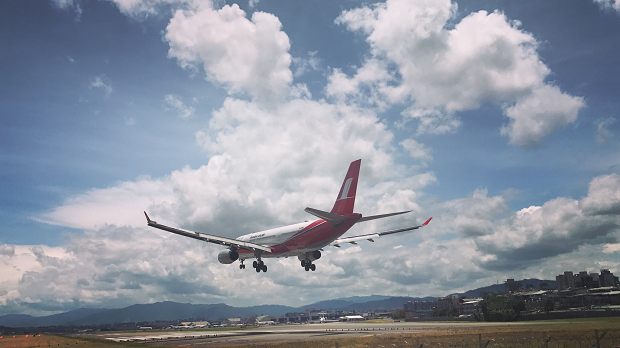The Federal Aviation Administration’s (FAA) decision to work with WhiteFox Defense on its airport drone detection program points to continuing advances in the development and deployment of counter-UAS technologies in the US.
Under the arrangement, WhiteFox, a leader in counter-drone and airspace security technologies, will join the FAA’s Airport UAS detection and mitigation research program. According to a statement from WhiteFox, the program will test “the most effective drone detection and mitigation technologies” and seek ways to provide “greater airspace awareness without disrupting other elements of the National Airspace System (NAS).”
In selecting WhiteFox for this effort, the FAA will draw on the company’s extensive experience in devising and deploying counter-UAS systems. As reported in Commercial UAV News, WhiteFox has been involved a wide range of counter-UAS operations, including providing airspace awareness at the 2022 Circuit of the Americas (COTA) Formula 1 event in Texas and coordinating drone detection services at the 2022 World Cup in Qatar.
Applying this kind of experience and know-how to securing airports from rogue drone activity is critical as threats continue to grow. Statistics compiled by D-Fend Solutions, a counter-UAS firm, reveal that 290 drone incidents took place across 57 countries in 2021, and 24% of those incidents happened at airports. Speaking to Commercial UAV News last year, Bill Inman, WhiteFox' Director of Business Development, said “not only have we seen a significant number of TFR violations and dangerous flights over crowds during events, but we also consistently see flights over 1,000 feet, even over 1,500 feet, within five miles of major airports.”
Recent reports of rogue drone intrusions at Palm Beach International Airport in Florida, Ireland’s Dublin Airport, and Baltimore/Washington International Thurgood Marshall Airport in Maryland highlight the growing and continuing threat posed by rogue drones.
And the threats presented by UAVs at airports are significant. An unauthorized drone—whether operated by a true criminal or by a “clueless” civilian—can collide with a conventional aircraft and cause serious damage to people and property. Also, once a rogue drone is detected, it can cause long delays in normal airport activity as efforts are made to address the potential danger. Losses of time and money, along with dangers posed to personal safety and security are among the many reasons public officials and private businesses are working hard to address the problems of unauthorized drones.
Among the most significant of these efforts came last April when the Biden Administration released “The Domestic Counter-Unmanned Aircraft Systems National Action Plan.” Containing recommendations concerning legislation, training, threat tracking, and more, the plan focused on creating “new ground rules for the expanding uses of UAS and improve our defenses against the exploitation of UAS for inappropriate or dangerous purposes.”
Many in the industry applauded the plan, while at the same time calling for faster implementation of counter-drone guidelines to aid law enforcement in its efforts to address drone threats. Speaking with Commercial UAV News, Ryan Wallace, an Associate Professor in the Aeronautical Science Department at Embry-Riddle Aeronautical University, said the White House initiative “tackles some of these issues, but many needs remain unaddressed” and “a necessary critical component to implementing the National Action Plan is to implement a set of standards that enables consistent employment with other stakeholder agencies and integrates into existing protection safety and security response measures.”
While work remains to be done to improve counter-drone measures, the announcement that the FAA is working with WhiteFox Defense on testing airport drone protection systems indicates that the field is heading in the right direction.




.jpg.small.400x400.jpg)










Comments